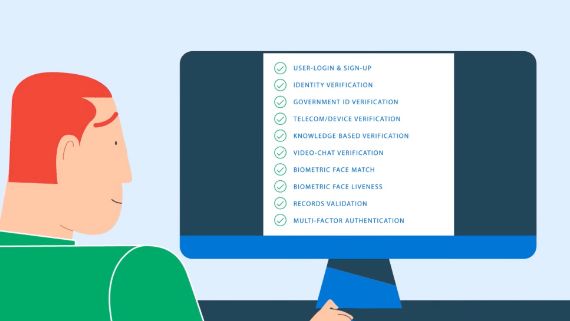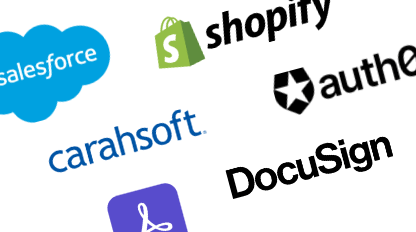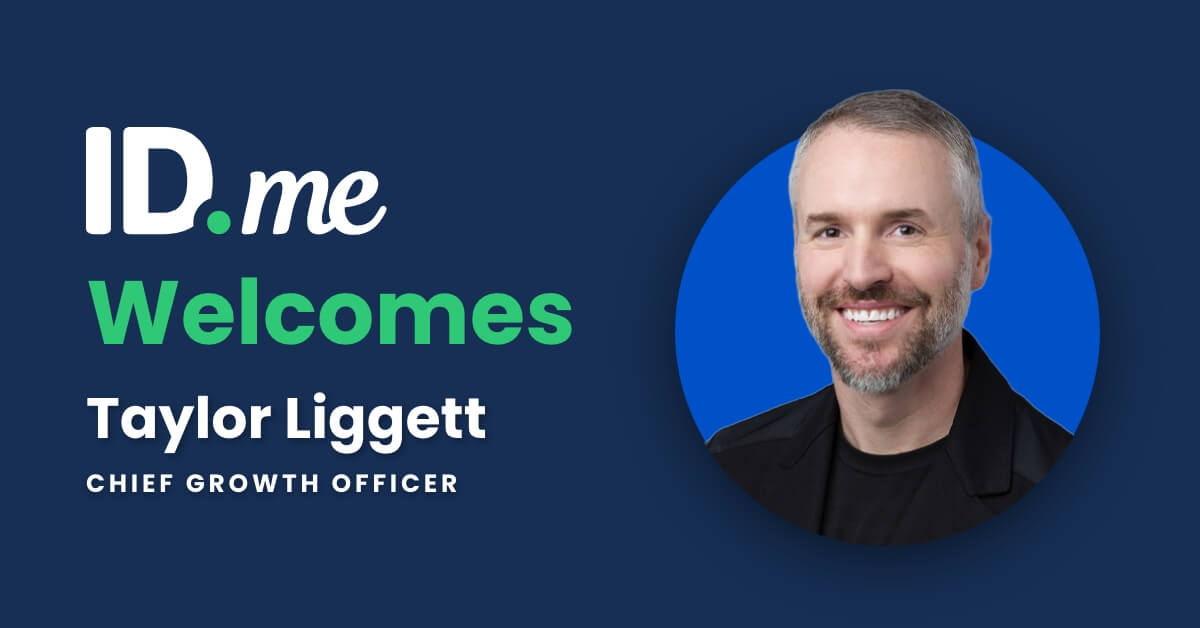Enabling Digital Identity Verification for the Unbanked: Opening Doors to Government Benefits & Services
Bolivar lives in Belgium and doesn’t have a credit record in the U.S. He was previously unable to verify his identity to access U.S. government benefits and services, which meant he couldn’t access key benefits online. Enter ID.me. We provided Bolivar with a trained identity specialist, known as a Trusted Referee, who was able to successfully verify Bolivar’s identity.
After being successfully verified, Bolivar said that ID.me “solves the problem of being able to access your government information online without a U.S. credit history.”
Bolivar is not alone in facing these challenges. “Underbanked” individuals make up 13 percent of American adults, meaning they lack access to the banking services required to meet their financial service needs. What’s more, an additional 5 percent of American adults are “unbanked” meaning that they do not have a bank account. In total, 18 percent of Americans struggle to verify with traditional identification verification methods that rely on bank-based records such as a credit history or a bank account – leaving them unable to access a broad swath of government services and benefits.
The challenges facing people without sufficient financial records have an outsized impact on American communities of color and those with lower income or less education. According to BCG, Black and Latino households represent 64 percent of the country’s unbanked households despite making up 32 percent of the U.S. population. Unfortunately, unbanked and underbanked rates were also higher among adults with lower income and adults with less education. An analysis by the Federal Reserve found that 26 percent of adults with less than a high school degree, and 16 percent of adults with income below $25,000, were unbanked.
ID.me is committed to addressing the challenges that these populations face, and we are constantly improving upon our product to ensure access to as many Americans as possible.
A bank account and credit history should not be requirements for individuals seeking to access government benefits and services.
ID.me addresses these challenges by:
- Expanding data validation with multiple, authoritative services, such as Social Security’s electronic Consent Based Social Security Number Verification (eCBSV). ID.me integrates with multiple data sources to confirm whether the data provided matches an identity on record.
- Inserting a human when the data is inconsistent, either at the point in time the information is rejected or to complete the entire verification process. ID.me leverages the best of humans and algorithms working together with the Human in the Loop and Video Chat teams.
- Providing an omnichannel verification solution to maximize user choice for citizens to verify with self-service, direct to video chat agents, and in-person verification. This empowers the user to verify in the manner they prefer.
While meeting the federal standards for identity proofing set by NIST, ID.me’s Virtual In-Person proofing solution enables unbanked and underbanked users to establish their identity via video-chat with an ID.me agent. In the first 7 months of 2022, individuals who have difficulty establishing a financial history represented 3.6 percent of all IAL2 verified users at ID.me.
Once a user verifies their identity with ID.me, they do not have to reverify – enabling them to use this portable digital identity to access services at government agencies and more. ID.me also has community affiliation capabilities that unlock access to retail discounts and other benefits.
The mission of ID.me is No Identity Left Behind. This means a truly equitable approach to digital identification that empowers all Americans regardless of their background.



